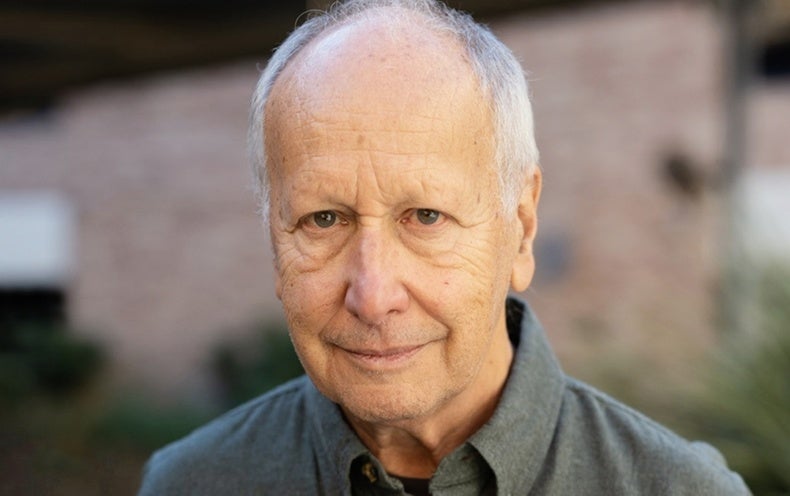Argentinian-born mathematician Luis Caffarelli has won the 2023 Abel Prize — one of the most coveted awards in mathematics — for his work on equations that are important for describing physical phenomena, such as how ice melts and fluids flow. He is the first person born in South America to win the award.
Caffarelli’s results “are technically virtuous, covering many different areas of mathematics and its applications”, says a statement by Helge Holden, a mathematician at the Norwegian University of Science and Technology in Trondheim who chairs the Abel Committee.
The winner says receiving the news was an emotional moment, because “it shows that people have some appreciation for me and for my science”.
Caffarelli was born in Buenos Aires in 1948. After earning his PhD, he moved to the United States in 1973 and spent the rest of his career at various institutions there, including the Institute for Advanced Study in Princeton, New Jersey. He is now at the University of Texas at Austin.
Smooth solutions
Many of Caffarelli’s most celebrated results have to do with the regularity — or lack thereof — of the solutions of so-called partial differential equations. These are among the most important equations in maths and physics. They involve multiple variables, typically time and one or more dimensions of space. Regularity means smoothness, so that the solutions don’t form kinks or run away to infinity. In mathematical physics, solutions are often expected to be regular because the equations model phenomena at macroscopic scales — where things such as temperature or pressure distributions seem to be smooth — and where infinities would be unphysical.
In his first big breakthrough, Caffarelli generated a proof for the regularity of melting ice — showing that the surface of a piece of ice remains mostly smooth as it turns into water. His result was refined in 2021 by Fields medallist Alessio Figalli, at the Swiss Federal Institute of Technology in Zurich, and his collaborators.
For another celebrated paper, Caffarelli joined forces in 1982 with the late Louis Nirenberg, the 2015 Abel laureate, and Robert Kohn, who is at New York University, to attack one of the most notorious problems in mathematical physics — the regularity of the motion of fluids, as described by the standard theory of fluid dynamics, known as the Navier–Stokes equations.
The trio proved a partial result, which is still essentially the best known solution to this day — and remains Caffarelli’s proudest achievement, he says. But the full regularity is still an open question, and in 2000 it was included as one of the seven Millennium Problems by the Clay Mathematics Institute — which offers a prize of US$1 million to the first person to solve it. In principle, it is still possible that the equations fail to have regularity and they could instead allow the velocity of turbulent fluids to ‘blow up’ to infinity — making the theory a poor model for the real world, as Caffarelli explained in the official lecture introducing the Millennium Problem. In more-recent years, Caffarelli has shifted to studying Monge–Ampère equations, which are important in geometry.
Fantastic intuition
In a 2002 interview, Nirenberg said that Caffarelli had a “fantastic intuition”, which made it hard for collaborators to keep up with him. “He somehow immediately sees things that other people don’t see, but he has trouble explaining them,” Nirenberg said. Nirenberg also begged Caffarelli to publish more, because Caffarelli had a habit of putting into writing only a fraction of the ideas he would discuss with his peers.
“People say, ‘How did he come up with that one?’ He can come up with results that people didn’t anticipate,” says Holden.
Caffarelli describes his style of doing maths as “joyful”. “I enjoy collaborations, creativity, long-lasting friendship,” he says.
The fact that Caffarelli was raised and educated in Argentina gives the prize special significance, Holden adds. “I think this will have a great impact in the region,” he says. “It shows that talent comes from everywhere.”
Caffarelli will receive a medal and 7.5 million Norwegian kroner ($700,000) on 23 May at a ceremony in Oslo. Although it is modelled in part after the Nobel Prizes, which cite specific discoveries, the Abel Prize is seen by many as a ‘career award’. Of the 26 laureates so far, only one, Karen Keskulla Uhlenbeck, is a woman.
This article is reproduced with permission and was first published on March 22, 2023.

